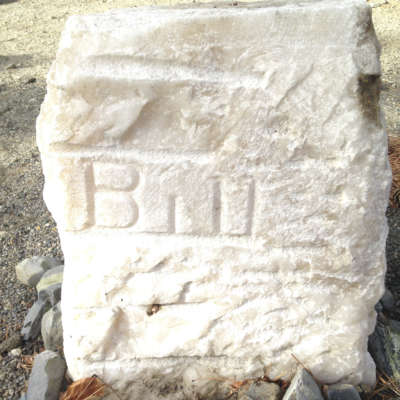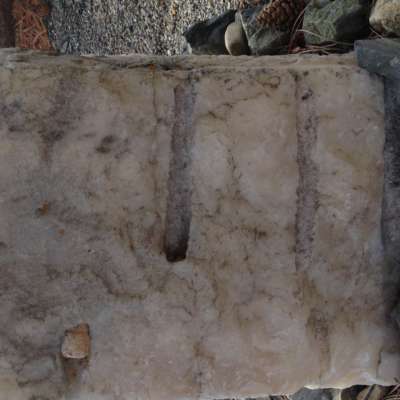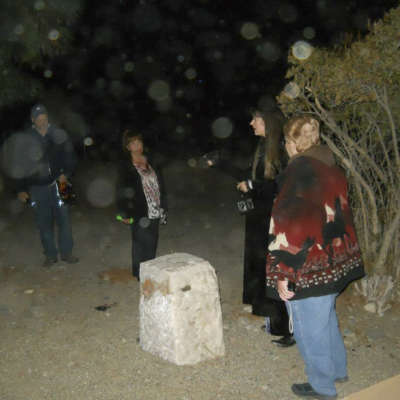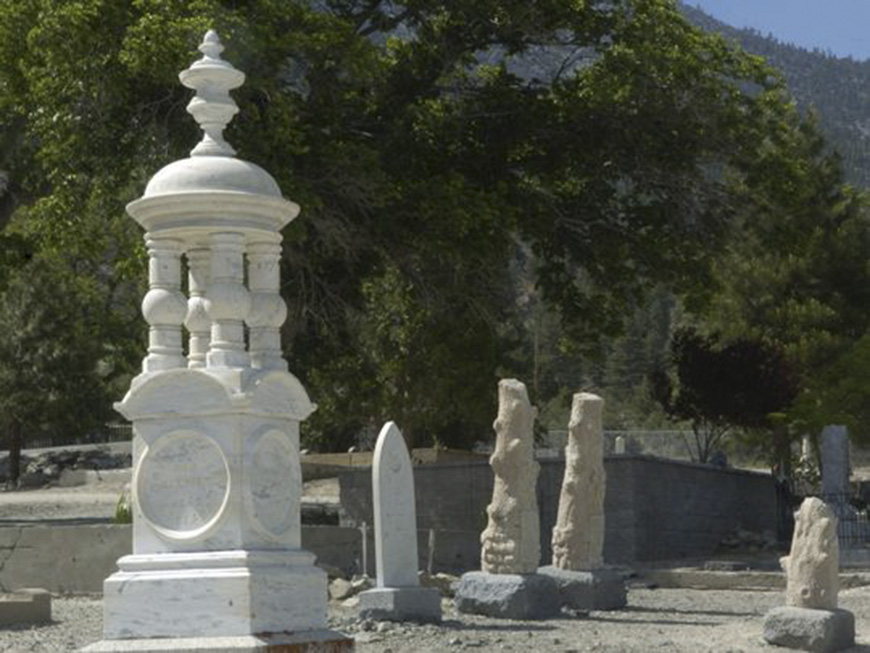Today when we hear of references to the history of mining in Northern Nevada, thoughts naturally turn toward the Comstock Lode. What some may not realize is that mining here in Carson Valley dates back to 1849, predating the Comstock discovery. Carson Valley was once surrounded with mines from the Sierras to the Pine Nut Mountain Range. The variety of mined minerals included silver, copper, iron, tungsten, antimony, lead and salt. It is no exaggeration to say that “everybody and their brother” owned a mining claim of some value.
Widdelin “Bill” Zirn and his brother Ed left Germany, arriving in Carson Valley in the spring of 1880, and quickly found employment at the H.F. Dangberg ranch. Within a year Ed would die of consumption. It was after this that Bill became interested in prospecting and teamed up with fellow German immigrant and Genoa resident Fred Klotz, who along with two of his daughters, would eventually serve as Douglas County Recorders spanning 30+ years in this position between the three of them.
Working together, Zirn and Klotz discovered a ledge of copper ore in School House Canyon above the town of Genoa, named for the one-room schoolhouse situated at the mouth of the canyon. The mine was soon abandoned after the 65-foot tunnel they dug did not yield nearly the wealth originally discovered near its surface.

Bill Zirn grave marker.
In 1885 Bill Zirn established a placer claim on the east fork of the Carson River, 7 miles south of today’s Gardnerville. He managed to extract $4 – $7 a day in fine gold, but this failed to satisfy his long-term ambitions. It was around this time that Bill entered into a partnership with Otto Schultz and eventually had a mining claim near Pete Anderson’s ranch. The same Pete Anderson whose brother was murdered by Adam Uber in 1897, which resulted in the famous lynching of Uber in Genoa. But that’s a story for a future blog. At any rate, Zirn and Schultz called their claim the “Last Chance”. And it was on one of the trips aboard the Raycraft stage returning from Carson City, where Bill had taken samples of his ore for assaying, that he was in a horrendous stage accident.
Bill was a passenger on the Raycraft stage on Jack’s Valley Road, when the horses became suddenly frightened that trip. Bill jumped from the runaway stage, and upon landing fell under its rear wheels and consequently broke both legs below the knees. He eventually recovered and resumed working with Schultz on their “Last Chance” mine. Recovery must have cost him a couple of month’s work at least, as I site another case of miner A. B. Boles, who was a clerk for Douglas County and was struck by a boulder, and both legs were broken below the knees. Dr. Luce from Genoa was summoned, where Boles was remanded to bed for two months before he could leave Mountain House for his own home.
Bill Zirn finally hit his “Bonanza” in May of 1891 and the rich specimens of ore were displayed at the county courthouse in Genoa, where the impressive discovery created tremendous excitement for miles around. For the next 5 years, Zirn and Schultz worked through the many expansions and litigations of owning this successful mine in Carson Valley.

Mining jack marks on Bill Zirn’s grave marker.
For Bill Zirn, all of this would come to a tragic end on the afternoon of June 6, 1896. While working a surface cut, Zirn was fatally struck about the head and back by a 4-foot granite boulder, which had dislodged itself from a ledge above where Zirn was bent over inspecting an ore specimen. Bill was killed instantly. Coroner Selby retrieved Zirn’s body and brought it back to Genoa. Bill Zirn’s death was ruled as “accidental” and the 50-year-old was eventually interned in the Genoa Cemetery. The interesting fact in all of this is that the 4-foot granite boulder, which was the cause of Bill Zirn’s demise, became his grave marker above his final resting place. Today the square solid granite piece simply bears the name “Bill” with mining jack marks visible all around the object.
If your imagination can allow, on very dark nights there have been numerous reports of unexplained “lights” in the vicinity of Bill’s grave in the Genoa Cemetery. I refer to the photo of a Genoa Historic Ghosts Tours’ cemetery tour a few years ago, where orbs showed themselves like snowflakes.

Genoa Historic Ghost Tour, Bill Zirn grave.
If you wish to pay an homage to Bill and other miners like himself, you can visit the Genoa Cemetery located one-half mile north of the town of Genoa on Main Street, where you will find Bill’s final resting place in the oldest section, in the north-west corner, near that of Snowshoe Thompson’s grave.
Only yesterday I looked out over my backyard in Genoa, east toward the Pine Nut Mountains, and I thought of Bill Zirn as the sunrise shone a bright red. An old saying came to mind, “Red Skies at night, sailors’ delight. Red skies at morning, sailors take warning.” Sailing across this unique and legendary Carson Valley, did Bill Zirn see a “red sky” that morning of June 6, 1896? I suppose we will never know.
For further reading on mining in Carson Valley, visit the Douglas County Historical Society’s museum bookstore in Gardnerville for the book, The Pinenut Chronicle by the late Nyle Nation. And for more information on local cemeteries, check out the book Cemeteries of Carson City and Carson Valley by historian Cindy Southerland.
Story by Kim Harris, a local historian and historical re-enactor, who passionately shares her love of Carson Valley history at every opportunity afforded to her. Find out more at Western History ALIVE!



